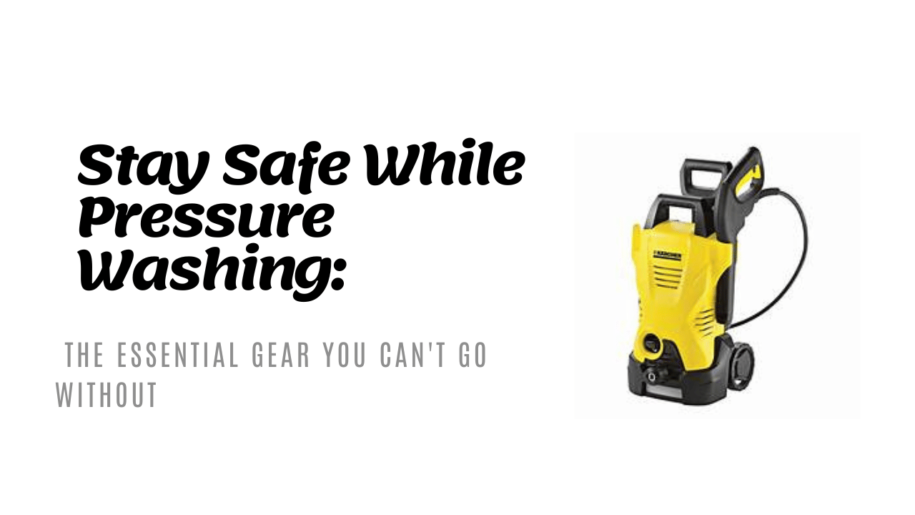
Pressure washing can transform your outdoor spaces, but it comes with serious risks if you’re not properly protected. Imagine blasting away dirt with ease, only to end up with a nasty injury. That’s why using the right safety gear is crucial. Pressure washers deliver water at high speeds, easily causing cuts, bruises, or even more severe injuries.
By wearing the correct protective equipment, you can significantly reduce the risk of accidents. Safety goggles, gloves, boots, and durable clothing are must-haves. This gear not only shields you from water jets but also from any debris that might fly up. Don’t underestimate the importance of these precautions; they’re your first line of defense.
Understanding these basics will help keep you safe and ensure that every pressure washing job is a success. So suit up, and let’s dive into the essential safety gear you need.
Understanding the Risks of Pressure Washing
Pressure washing can transform surfaces but comes with risks that need to be understood to ensure safety while cleaning. Let’s delve into the dangers associated with pressure washing and why utilizing appropriate safety gear is crucial.
High-Pressure Water Jet Dangers
High-pressure water jets from pressure washers pose significant risks, such as causing cuts, bruises, and even eye damage. The force generated by these jets can lead to severe injuries if proper precautions are not taken. Protective gear, including goggles, gloves, and protective clothing, plays a pivotal role in mitigating these risks. Ensure you are well-equipped before embarking on any pressure washing tasks to safeguard yourself against potential harm.
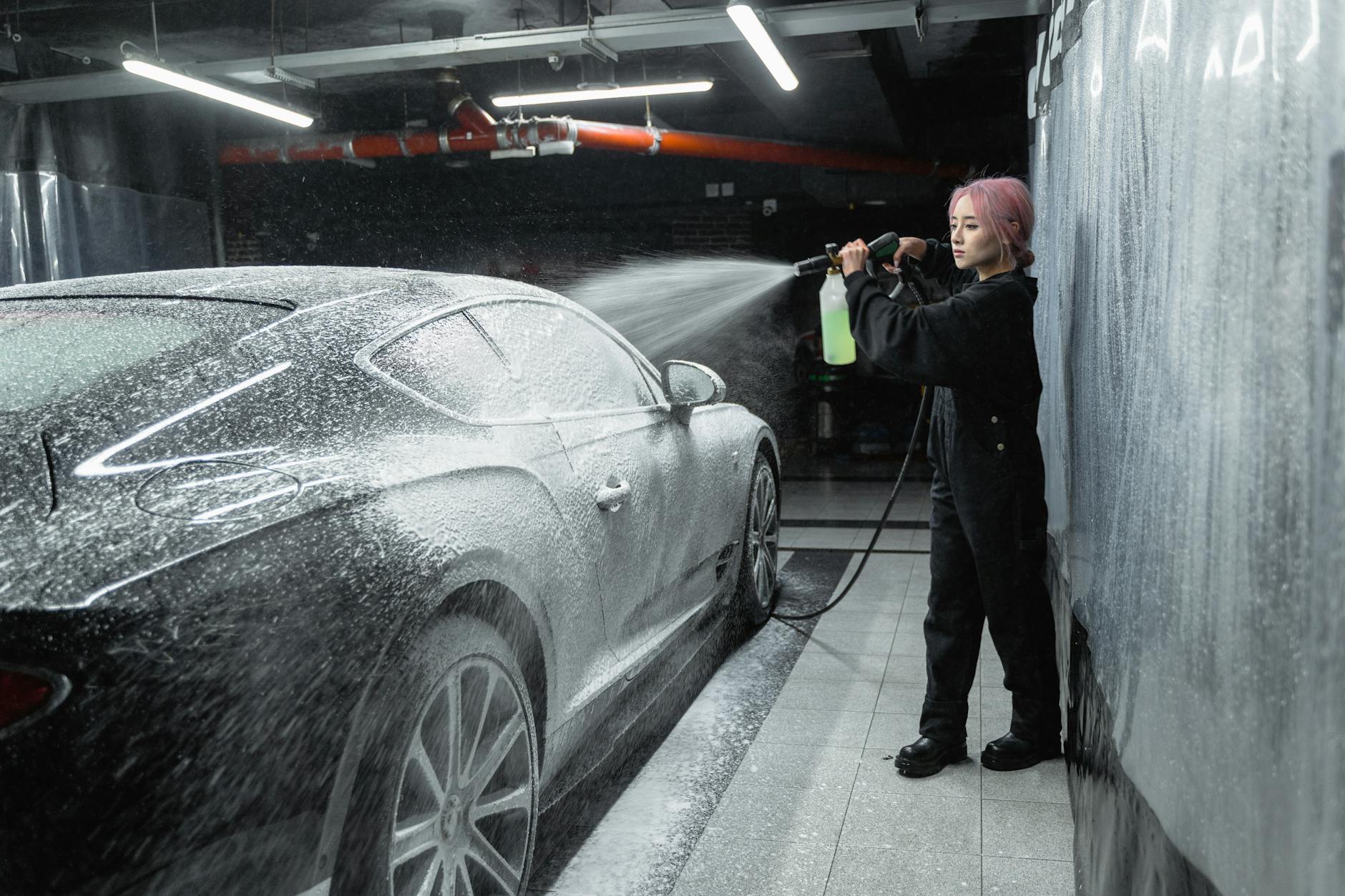 Photo by Tima Miroshnichenko
Photo by Tima Miroshnichenko
Chemical Exposure Concerns
In addition to physical risks, exposure to chemicals present in pressure washing solutions can be hazardous to your health. These substances can cause skin irritation, eye damage, and respiratory issues if proper precautions are neglected. Wearing appropriate safety gear like masks, gloves, and protective clothing is essential to shield yourself from harmful chemical exposure. By leveraging safety equipment, you can minimize the potential health risks associated with chemical exposure during pressure washing activities.
For more information on pressure washer safety and tips for safe usage, check out Pressure Washing Safety Tips – How to Safely Use a Pressure Washer and learn about the hidden dangers of DIY pressure washing in this insightful article on Six Hidden Dangers of DIY Pressure Washing. Remember, your safety should always be a top priority when engaging in pressure washing tasks.
Essential Safety Gear for Pressure Washing
When engaging in pressure washing tasks, ensuring your safety should be the top priority. Proper safety gear not only protects you from potential hazards but also allows you to work more confidently and efficiently. Let’s dive into the essential safety gear you should equip yourself with for a safe pressure washing experience.
Protective Clothing
Wearing appropriate protective clothing is crucial when operating a pressure washer. Waterproof and durable materials can shield you against the high-pressure water and chemical splashes that often occur during cleaning. Opt for clothing options like waterproof jackets, pants, and boots to keep yourself dry and protected throughout the task.
Eye and Face Protection
Protecting your eyes and face is vital while pressure washing to prevent injuries from splashes, debris, and chemicals. Safety goggles or face shields act as a barrier against potential threats, ensuring your eyes and face remain unharmed during the cleaning process. Investing in quality eye and face protection is a significant step towards maintaining your safety.
Hand and Foot Protection
Hands and feet are often exposed to risks during pressure washing activities. Using sturdy gloves can prevent abrasions and shield your hands from direct chemical contact. Additionally, wearing slip-resistant footwear is essential to avoid slipping on wet surfaces, reducing the risk of falls and injuries. Prioritizing hand and foot protection enhances your overall safety while operating a pressure washer.
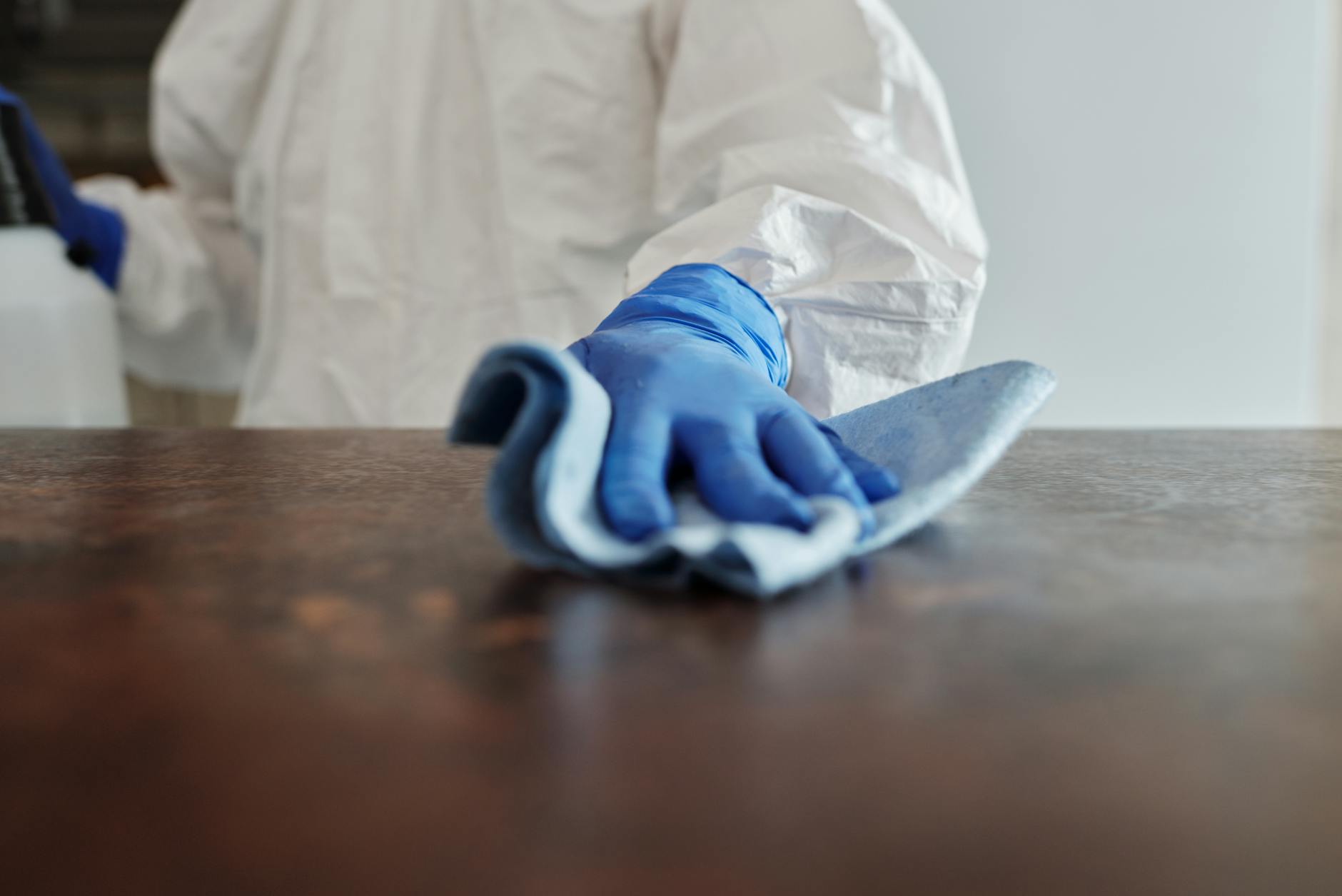 Photo by Matilda Wormwood
Photo by Matilda Wormwood
Tips for Choosing the Right Safety Gear
Selecting the appropriate safety gear is crucial when engaging in pressure washing tasks. Here are essential tips to guide you in choosing the right safety equipment.
Material Durability and Waterproofing
When picking safety gear for pressure washing, prioritize items made from durable and waterproof materials. The durability ensures that the gear can withstand the rigors of pressure washing activities without easily wearing out. Additionally, waterproofing is essential to protect yourself from potential water exposure during the cleaning process. Opting for materials like neoprene or rubberized fabrics can provide both durability and waterproofing, offering reliable protection.
Proper Fit and Comfort
Ensuring that safety gear fits correctly and is comfortable to wear is paramount for your safety and comfort during pressure washing tasks. Ill-fitting gear can be a safety hazard, leading to potential accidents or discomfort that may distract you from the task at hand. Look for gear that offers adjustable straps or sizing options to achieve a snug fit. Comfortable safety gear encourages user compliance, as you are more likely to wear it for extended periods without feeling constrained or uncomfortable.
 Photo by CDC
Photo by CDC
Maintaining and Inspecting Safety Equipment
Regularly inspecting your safety gear is crucial to ensure your protection while using a pressure washer. Here’s a simple checklist to follow to examine your safety equipment, including helmets, gloves, boots, and eye protection:
Regular Inspection Practices
- Helmet: Check for cracks, dents, or any visible damage that may compromise its integrity.
- Gloves: Inspect for tears, holes, or worn-out areas that could expose your hands to potential harm.
- Boots: Look for signs of wear, such as thinning soles or damaged areas that may no longer provide proper foot protection.
- Eye Protection: Ensure goggles or safety glasses are scratch-free and unbroken to shield your eyes from debris and splashes.
Replacing Damaged Gear
Promptly replacing any safety gear that shows wear and tear is crucial to maintain optimal protection levels during pressure washing tasks. Damaged gear can jeopardize your safety and increase the risk of accidents. Always prioritize safety by replacing any equipment that displays signs of damage or degradation.

Photo by Tim Samuel
Conclusion
Wearing proper safety gear is a must when pressure washing. You deal with powerful water jets that can cause severe injuries. Always use gloves, safety glasses, and boots to keep yourself protected.
The right equipment helps prevent accidents. This includes not just personal gear but also ensuring your pressure washer is in good condition. Don’t underestimate the risks; safety gear isn’t optional.
Stay safe and make every pressure washing job successful. Your health and safety should always come first.
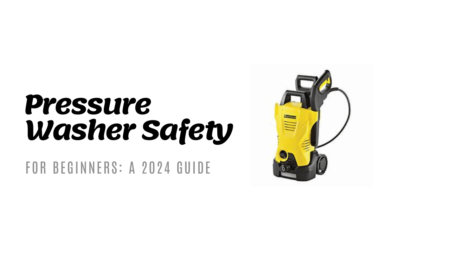
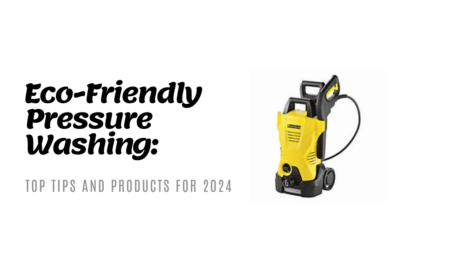
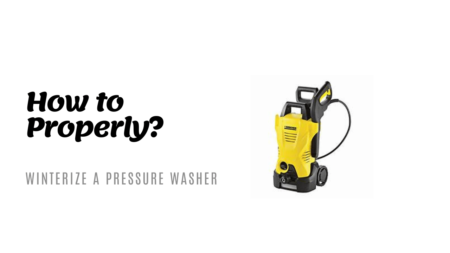
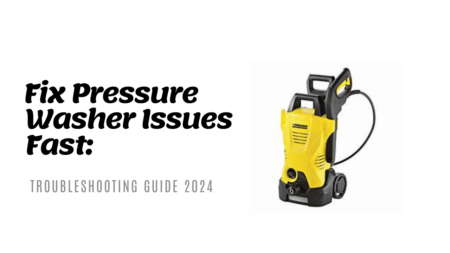
![Pressure Washing Regulations: What You Need to Know [Updated 2024]](https://pressurwasher.com/wp-content/uploads/2024/05/Minimalist-Tutorial-Event-YouTube-Thumbnail-2024-05-31T224409.854-450x253.png)
![Ultimate Guide to Pressure Washer Maintenance [2024 Edition]](https://pressurwasher.com/wp-content/uploads/2024/05/Minimalist-Tutorial-Event-YouTube-Thumbnail-2024-05-30T230638.695-450x253.png)